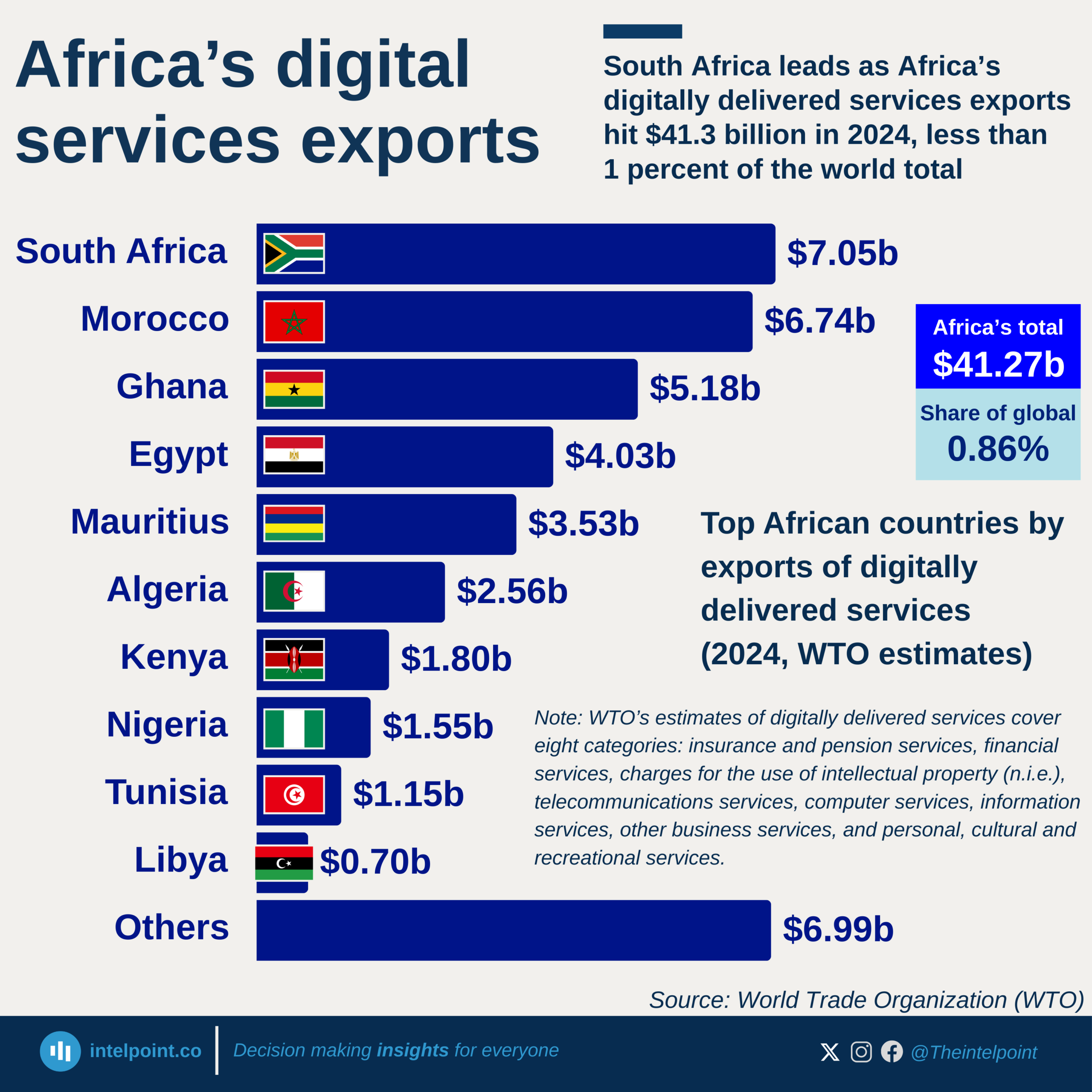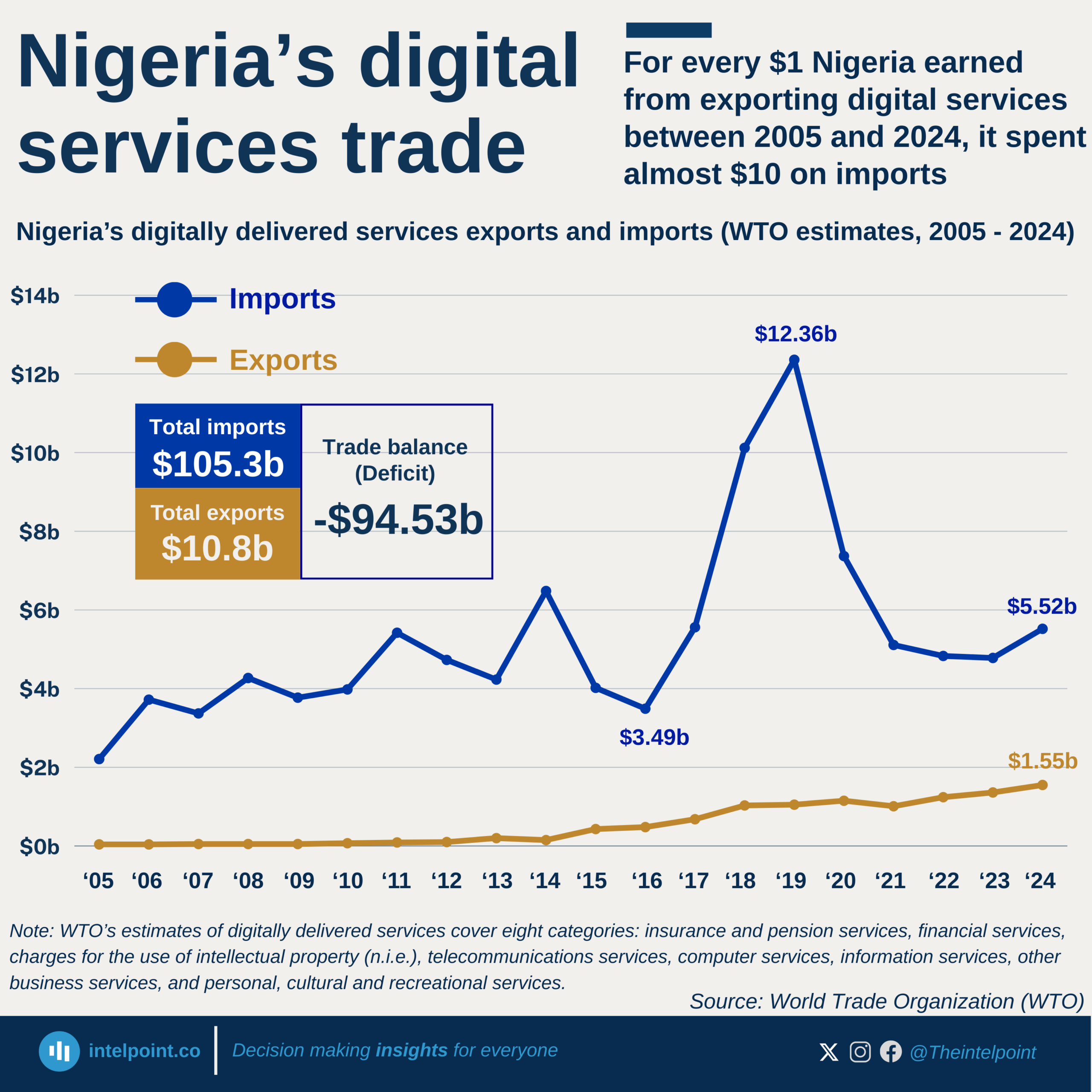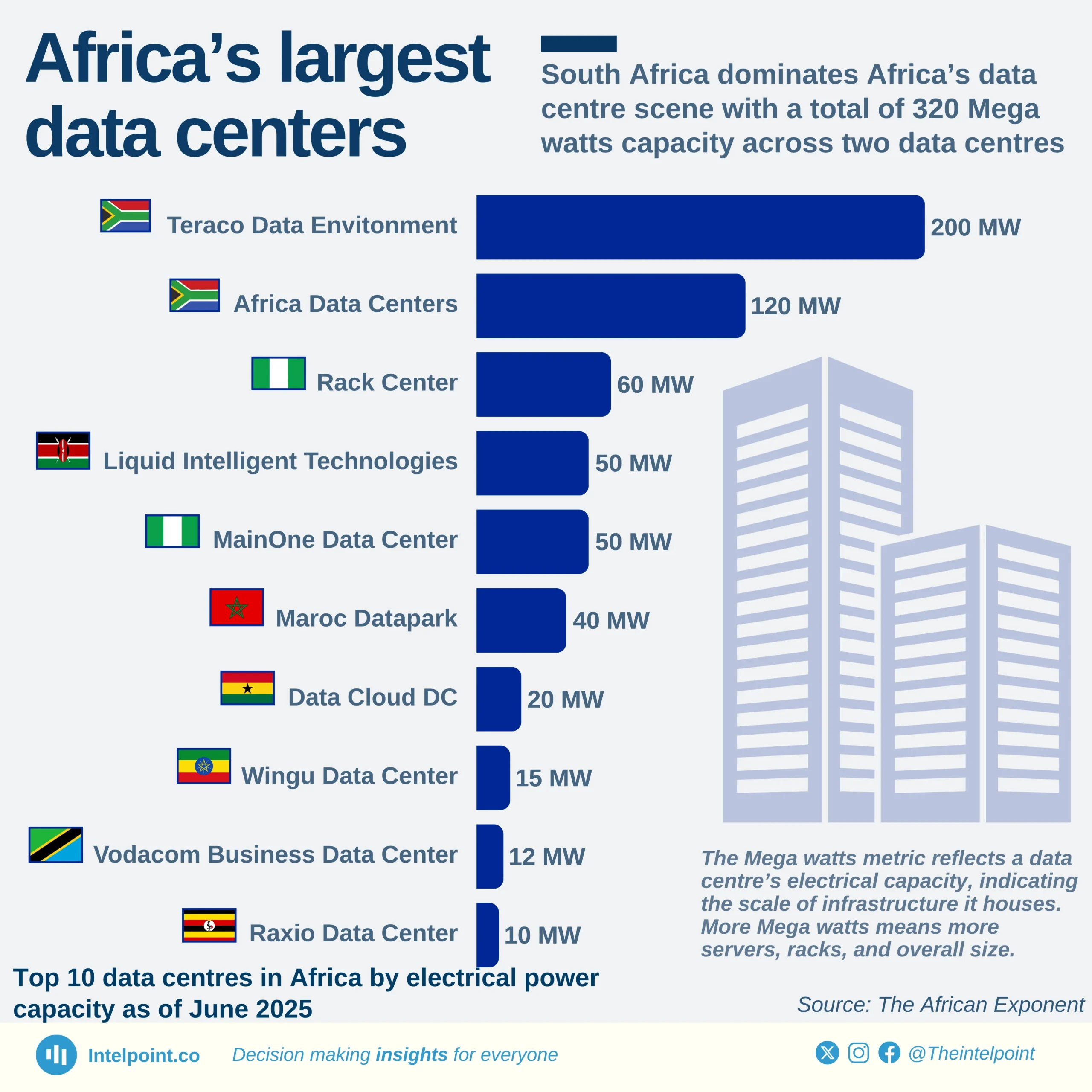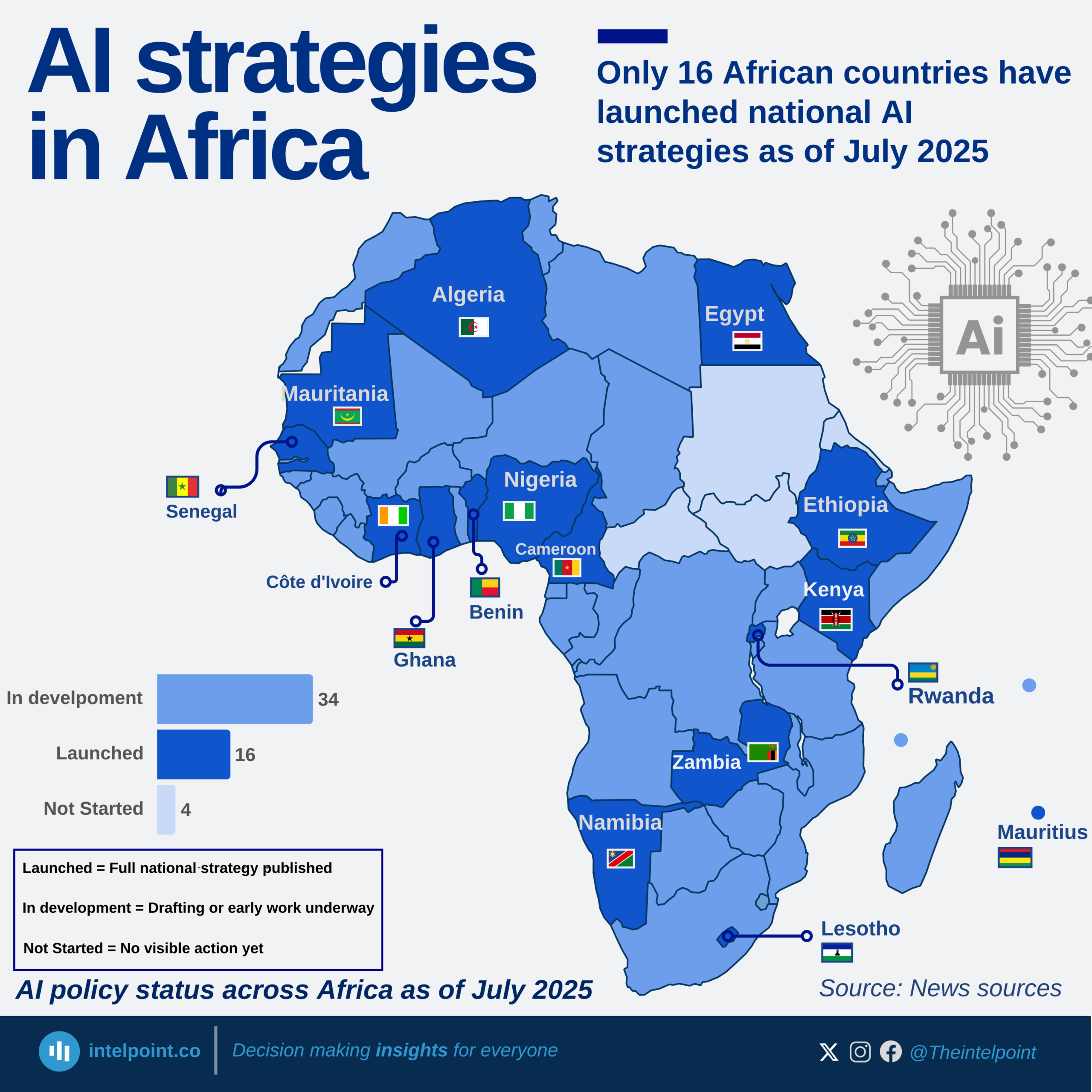-Google has 10.6x more market share of search engine than the five other market leaders combined.
-Bing accounted for 3.77% of the global search market across all devices, while market leader Google held a search traffic share of around 90.83%.
-Yandex's market share was 2.16%, while Yahoo represented around 1.20%.
-Baidu and DuckDuckGo accounted for a combined market share of less than 2% with each Search engine holding under 1% individually.





